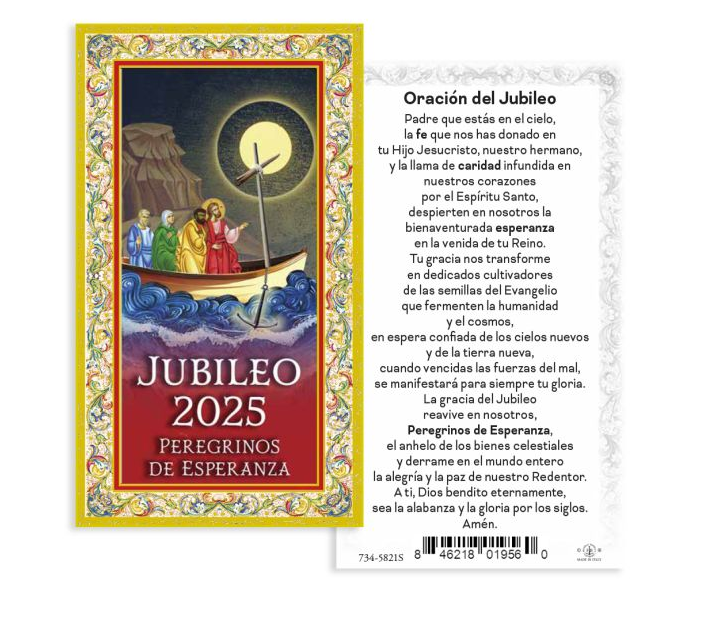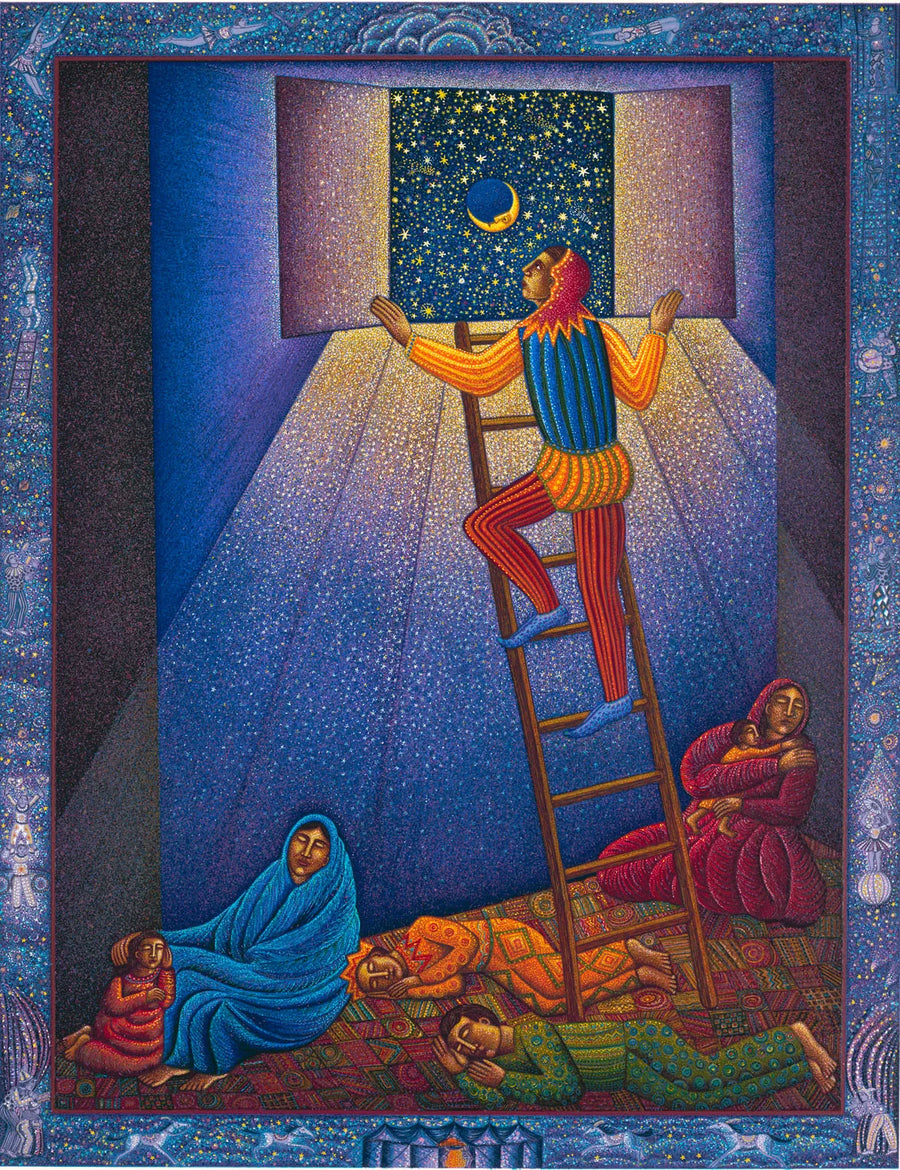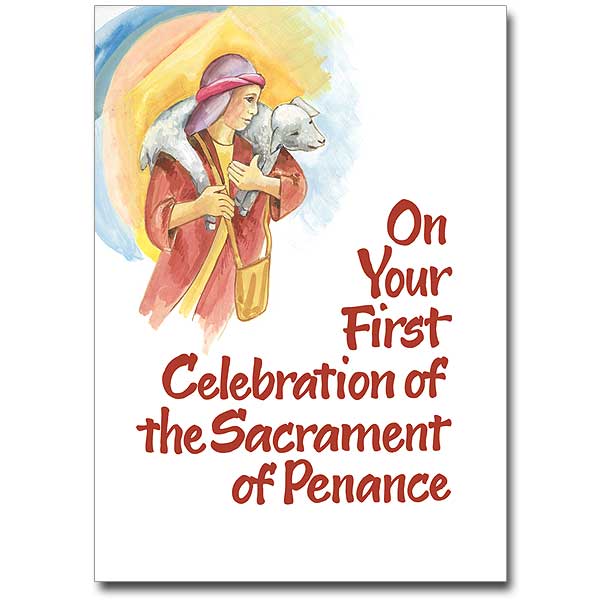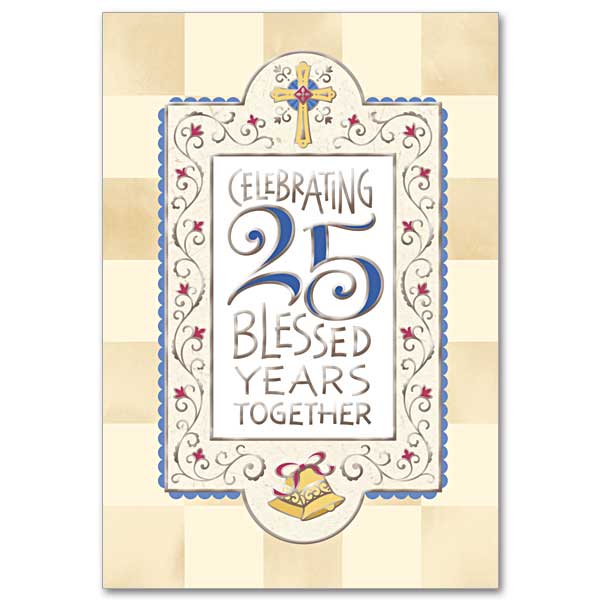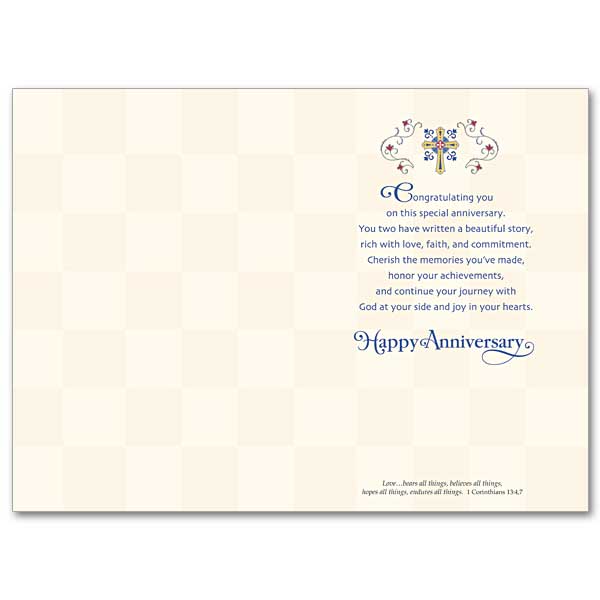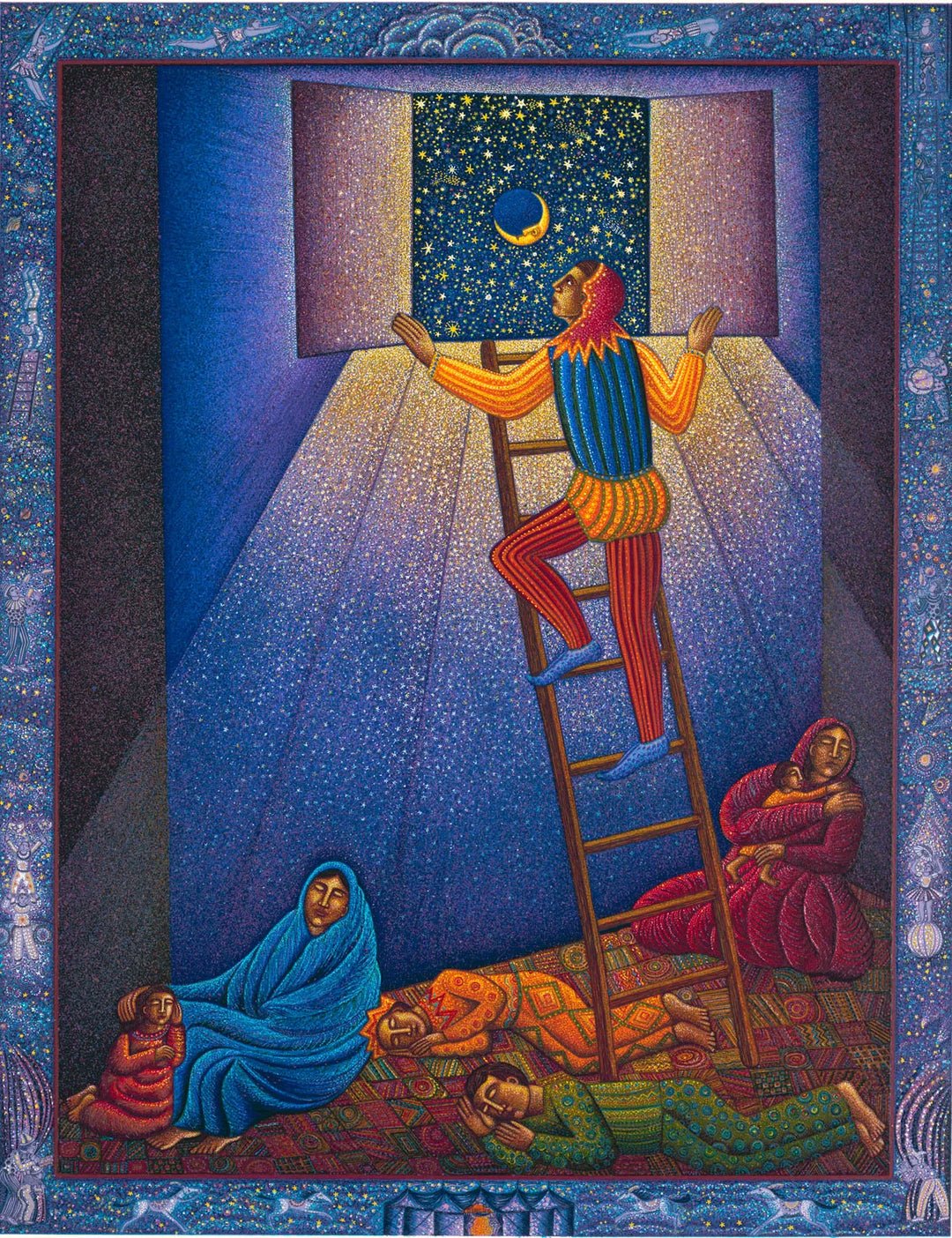
Jester Card
- Secure payments
- In stock, ready to ship
- Backordered, shipping soon
Reflections:
Fools, jesters, and clowns are universal symbols, to be found in all societies and in all periods of history. Traditionally they have been seen as those who are able to move between the invisible and visible worlds, crossing and blurring the mysterious boundaries between life and death, order and chaos, tragedy and comedy, the secular and the sacred. For many people—including many writers, filmmakers, and visual artists of the twentieth century—fools and clowns have taken on remarkable symbolic and spiritual significance.
In his 1989 watercolor, JESTER, one of Swanson’s most enigmatic works, a jester is shown peering out a high window toward the moon and stars . . . he is at home in the larger cosmos. The ladder he has climbed may remind us of the one in Jacob’s dream, the one that allowed the angels to climb up and down from heaven. But here angels do not bring our jester visions. He ascends the ladder himself, fully attentive to the beauty and wonder of the night sky. His friends—two women with infants and two other jesters— sleep peacefully on the floor below. Grounded in reality and yet seeking the transcendent, this jester suggests the liberation that may come to the human spirit through alertness, creativity, and resourcefulness, as well as through caring for one another.
This work is reminiscent of many of Chagall’s paintings in which clowns are linked to nurturing female figures. The jester who stands on the ladder has opened the window, permitting light from the majestic universe to shine into their place of rest. Swanson says about this work: “Jesters are the ones in our society that love us—who want to teach us by their humor—and they keep opening their own windows to understand.
-Fools, Jesters and Clowns, The Sacred Circle in the Art of John August Swanson, Joan Prefontaine, Christianity and the Arts, Summer 1998 edition
The ‘sacred journey’ has origins in prehistoric religious cultures and myths. Man instinctively regards himself as a wanderer and wayfarer, and it is second nature for him to go on pilgrimage in search of a privileged and holy place, a center and source of indefectible life. This hope is built into his psychology, and whether he acts it out or simply dreams it, his heart seeks to return to a mythical source, a place of ‘origin,’ the ‘home’ where the ancestors came from, the mountain where the ancient fathers were in direct communication with heaven, the place of the creation of the world, paradise itself, with its sacred tree of life.
-Myths, Dreams and Mysteries, Mircea Eliade, 1960



